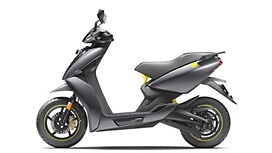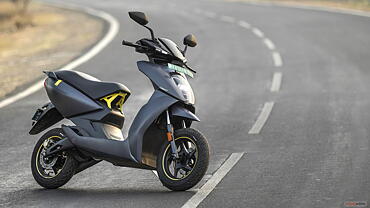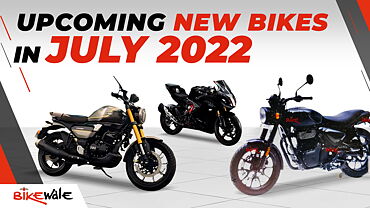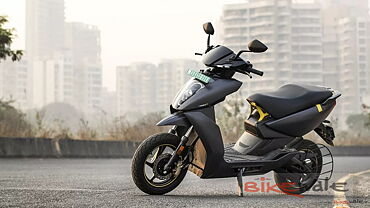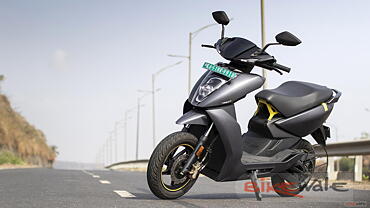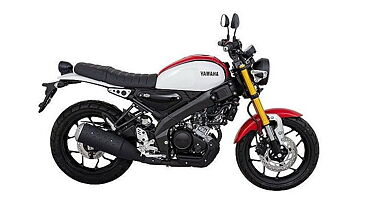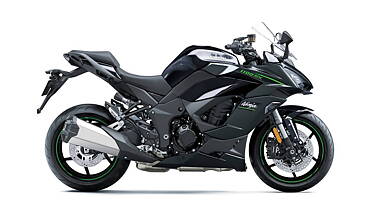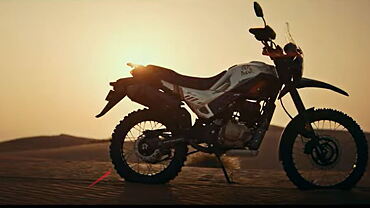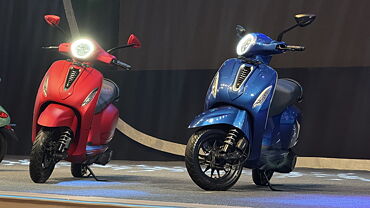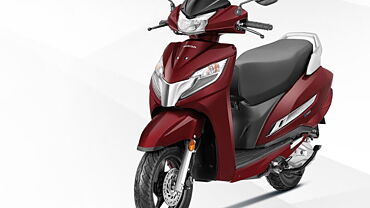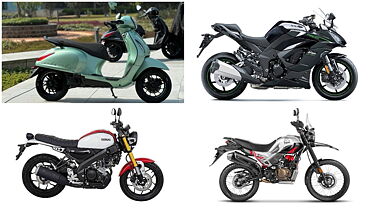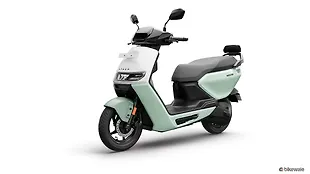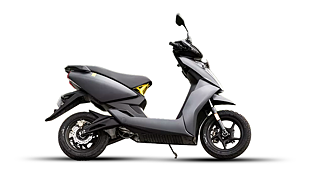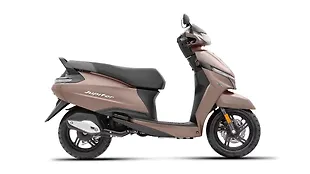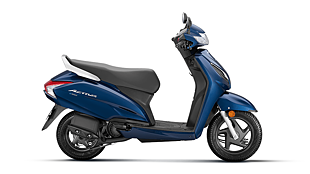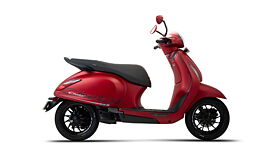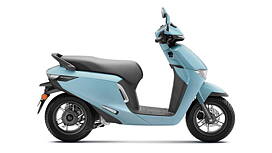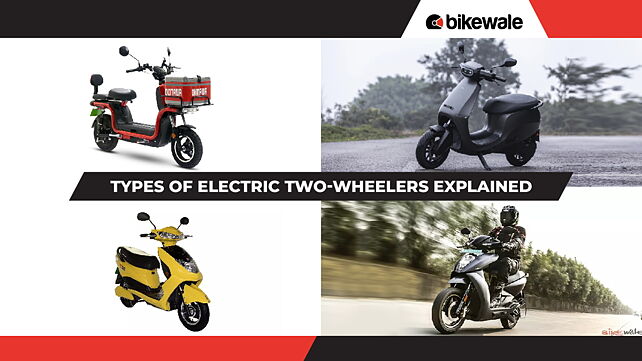
India is probably one of the top three countries in the world with the largest number of two-wheelers sold within. While it had only been ICE models till a few years ago, the scenario has been gradually tilting towards EVs lately. From commercial use to personal use, electric scooters/bikes differ on quite some fronts and are mainly dissected as low speed and high speed. Let’s take a look at all the different types.
Low speed
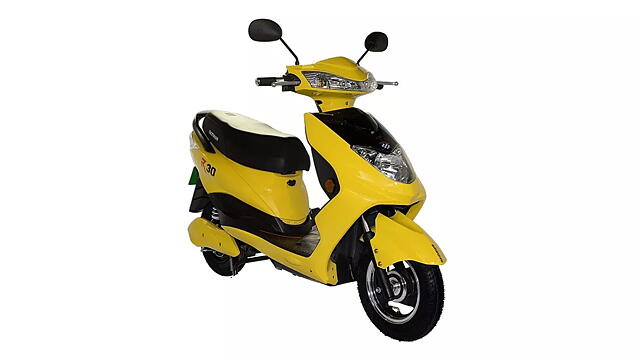
Low-speed electric two-wheelers literally go by as the name suggests. The performance and top speed are significantly lower than that of the high-speed ones. Their top speed is limited to 25kmph. Moreover, these don’t even need a license or registration to ride on public roads. This further translates to an exemption from road tax and registration fees as well.
Furthermore, there’s very little emphasis on the features too. Low-speed EVs are usually equipped with basic components like LED headlight, bulb turn indicators and tail lights. The braking hardware includes front and rear drum units as the top speed doesn’t demand too much stopping power. Here are some examples of low-speed scooters: Okinawa R30, Okinawa Lite, Hero Electric Flash, Hero Electric Optima.
High Speed
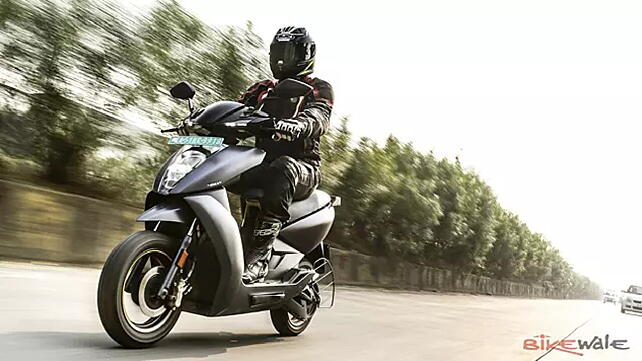
On the other hand, high-speed electric scooters/bikes tend to offer performance on par or close to their petrol-powered counterparts. These don’t have a specific top-speed limit and require RTO registration and a license to ride. Oh, in case you aren’t aware yet, these come with a green number plate.
Moreover, high-speed EVs are usually laden with tech. From removable/swappable batteries to LED illumination, Bluetooth connectivity, navigation and a bunch of other features included. Unlike the low-speed ones, these get front and rear disc brakes with CBS for dropping the anchor. Some popular high speed electric scooters/bikes are the Ather 450X, Ola S1 Pro and Revolt RV400.
Dissecting furthermore, electric two-wheelers can also fall under B2B (business to business) or B2C (business to customer) type.
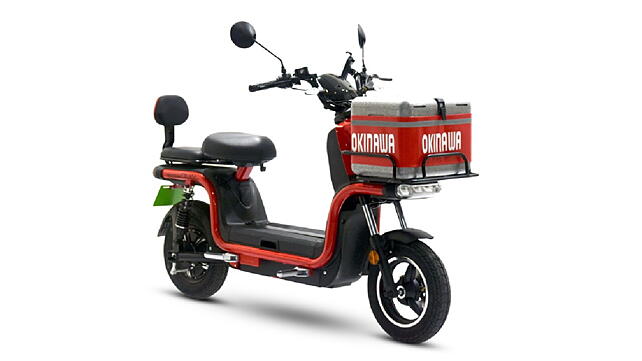
B2B EVs’ primary focus is range, load-carrying capacity and maximum utility. These are mainly used for delivery purposes and have acres of storage space. Right from the floorboard to the underseat, foldable seat with rear luggage racks and top box.
The power may be limited but the range is on the top priority as these EVs have to cover a lot of ground on a daily basis. Even the features list is quite short and the asking price is generally lower for the B2B EVs. Last but not least, commercial electric scooters and motorcycles are usually bought in a fleet as it helps to keep the cost low. These are usually in the low-speed EV category.
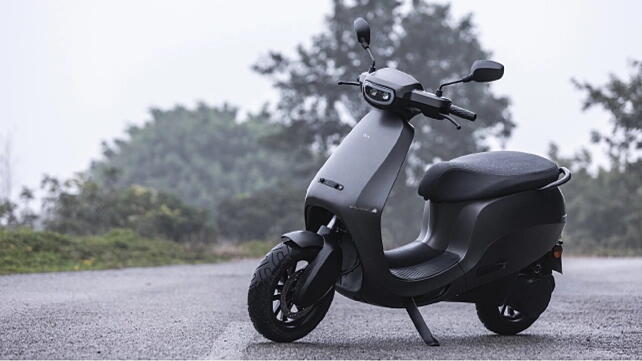
Moving on to B2C EVs, these pack adequate power, decent range and storage and get aspirational designs. Of lately, buyers have been opting for the B2C type of EVs as their primary vehicles whereas previously it used to be as a secondary vehicle to run errands and go around the town. B2C/personal use EVs are tech laden. From LED illumination to smartphone compatibility, navigation, charging spot locations, OTA updates and some more features are offered.
Some prominent names serving in the B2C scooters/bikes space are Ather 450X, Ola S1 Pro, TVS iQube Electric, Revolt RV400, Bajaj Chetak and Okinawa iPraise. These mostly fit in the high speed scooter category.
